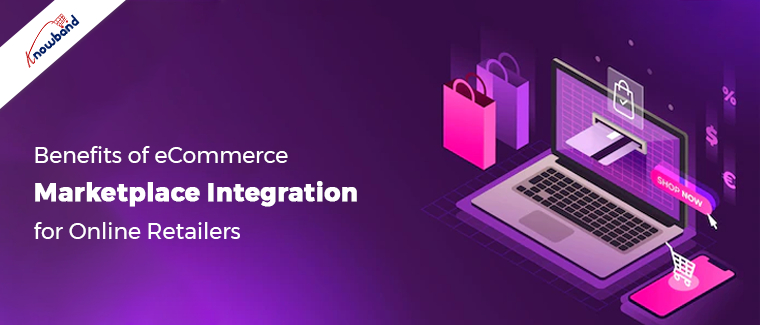Do you presently operate an internet shop? If so, adding more online marketplaces to your online presence is a good way to get more customers and make more money. By using marketplace integration tools, you can let cutting-edge technology handle the work-intensive tasks so you can focus on the more important ones.
I will define eCommerce marketplace integration in this article and discuss why it is crucial for online and multichannel retailers. Take a look at all the important subjects we’ll be discussing:
Understanding the Integration of eCommerce Marketplaces
An API-based eCommerce solution called a marketplace integration system connects various online marketplace accounts to a single selling platform. To put it another way, an eCommerce marketplace integration is a system that unifies data from several sources (or platforms) and connects several eCommerce activities. Syndicating product listings (or product catalogs) to online marketplaces like Etsy, eBay, Walmart, and many others is a great tool for business owners.
The program manages all of the key tasks associated with selling on marketplaces, including adding new products, maintaining inventory levels, following up on sales, handling orders, etc.
How Does the Integration of an eCommerce Marketplace Work?
Integrations for online marketplaces operate in 5 steps:
Connect API
The most crucial element of an eCommerce integration is its APIs. The tool will first communicate with the shop’s APIs if it is built on an eCommerce platform like Shopify before connecting to one or more marketplaces.
Establish a link with the Inventory
You need a secure connection between the Inventory and the Store. It’s advantageous that the link between the eCommerce marketplaces makes sure that the cattle numbers are updated on the shop and on the associated marketplaces.
Send information (Product upload with proper category mapping)
Now let’s get to the most important portion of all. This action distinguishes this link from others.
The eCommerce marketplace integrations establish a connection between APIs and deliver seller-selected data, such as items and their details (such as price, description, images, and quantity), from your shop to the marketplace. Automating the entire process allows for significant time and labour savings.
Activate Real-Time Sync
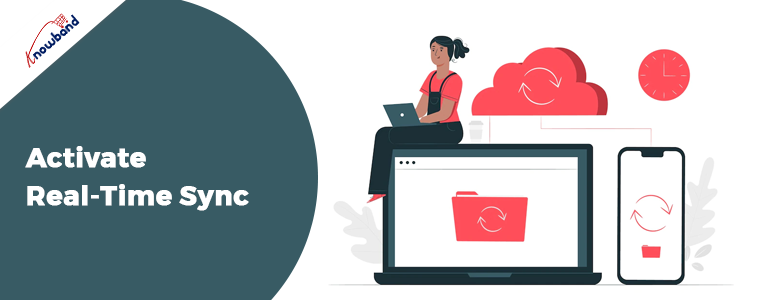
Listing the items won’t do the trick until there are real-time modifications to the figures and data. The next stage of eCommerce integration will help you with this. Real-time updates guarantee a two-way flow of information between the platforms.
Control Everything from a Management Hub
Now that everything is set up, all that is needed to administer everything is a single platform.
Integration with marketplaces provides a centralized dashboard to manage every step of selling via eCommerce. Orders and data are merged into a single platform from all connected marketplaces.
What features of Marketplace Integration are available?
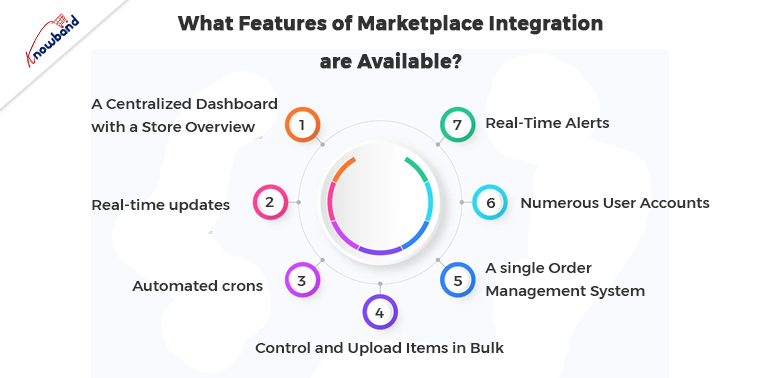
Thanks to the eCommerce marketplace connectors, which have all the necessary and most recent features, sellers can easily sell on third-party marketplaces.
#1. A Centralized dashboard with a store overview
Profit from the most effective eCommerce dashboard that provides a single view of all the data. The integration offers a single dashboard where you can track inventory levels, ship freshly received orders, and make product revisions.
This simple dashboard can be used by retailers to assess the effectiveness of their marketplace selling campaigns. You can find information on the top-selling products on the website, account-specific recent order summaries, client lifetime income totals, and much more.
#2 Real-time updates
Integration of marketplaces creates flawless real-time communication between the connected platforms. It guarantees that all data, including inventory totals, order totals, and product details, are updated in real-time on all ends.
This feature is crucial since it completely eliminates the chances of overselling and underselling. These are the two most significant difficulties multichannel vendors must overcome. Fortunately, real-time synchronization updates data on all ends in real-time to ensure that any mishappening never happens.
#3 Automated Crons
You might choose to use automatic cron tasks when interacting with the eCommerce marketplace to get rid of manual errors. The term “cron” refers to a set of instructions or directives that tell the server to perform a specific action at a specific time. This solution relieves sellers of the strain of performing the same tasks repeatedly so they may concentrate on more important issues. Additionally, data flow between different systems is sped up.
Let’s imagine, for illustration, that you get 20 orders every hour. You have been checking your seller panel every 5 to 10 minutes to see whether there are any new orders. Using this link, you may program a 5-minute automatic import of orders from the marketplace into your shop panel. Without you having to do a thing, marketplaces will deliver all orders to your company.
Additionally, users have the choice to schedule a specific task to be performed (repeatedly) after a specified period of time.
#4. Control and upload items in bulk
You can bulk-upload and manage items on both your shop and the online marketplace as part of the integration with the eCommerce marketplace.
Without a doubt, running a business is not the only thing that merchants need to worry about. Merchants can upload tens of thousands of items from their storefronts to the marketplaces with only one click.
Do you have any clue how serious of a problem this will be? For suppliers who must deal with these problems, it is a blessing.
Using marketplace integration tools, pick the products you want to upload in bulk. Additionally, the extension enables mass creation, modification, and removal of items by users, resulting in an entirely automated procedure for product management.
#5. A Single Order Management System

Following that, you’ll be able to oversee orders from many markets in one place (or selling platforms).
Order management across various platforms could be extremely difficult. Due to the prevalence of marketplaces and platforms, businesses frequently lose potential customers by failing to accept and complete orders on time.
On the other hand, the marketplace connection makes it simple for sellers to accept, reject, ship, and remove orders from a single location.
All marketplace orders are managed by a single platform, eliminating the need to log into several sites to manage orders. The integration of the eCommerce marketplace makes sure that no order goes ignored and that you never miss a single order. You can program an advanced option to automatically acknowledge orders on the orders.
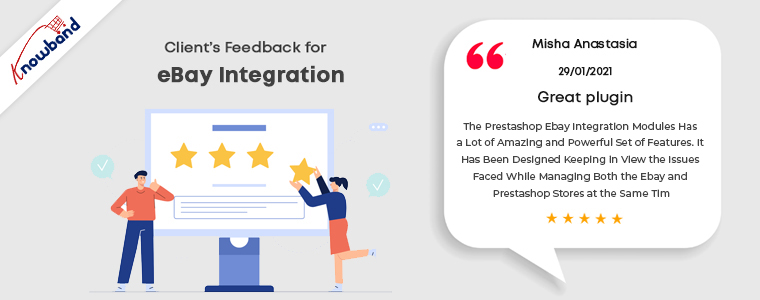
#6 Numerous user accounts
This feature is also beneficial when the same marketplace is active in multiple nations. To sell on the marketplace, we must set up numerous seller accounts in various nations.
The Americas (the United States, Canada, Mexico, and Brazil) and Europe (Spain, France, Italy, and Germany) Sweden Amazon has 18 markets in Europe (Netherlands, Poland, Turkey, and UK), the Middle East (UAE and Saudi Arabia), and Asia-Pacific (Japan, Singapore & Australia).
From a single location, you can use the same inventory and the same products to sell to several accounts. The best thing is that there will be no chance of error and that the numbers will balance on all sides.
#7. Real-time Alerts
You won’t ever miss out on real-time alerts. Vendors may monitor new orders, rejected orders, low inventory statistics, and more with the eCommerce marketplace link.
I’d like to add one more thing: Personalization as a new feature, in case you need to make any additional adjustments to your shop or decide to add any new features to enhance the selling process. A dedicated developer will be assigned to you, and they will add the necessary feature to your selling campaign.
Let’s now examine some benefits that will help you understand how the two choices differ from one another.
Benefits of Extension for Marketplace Integration
Integration of an eCommerce marketplace eliminates the need for human selling and automates a challenging procedure. The entire procedure is streamlined from beginning to end because everything is automated.
Data may move across platforms rapidly and securely because of the real-time connectivity between all of the platforms’ APIs. Every call for data transmission is subject to verification. When there is less friction between markets, shops, and inventory, mistakes are simpler to avoid.
Spend less time and effort
By streamlining the selling process, the seller is able to save a significant amount of time and effort. Vendors with more essential tasks can skip the store visit.
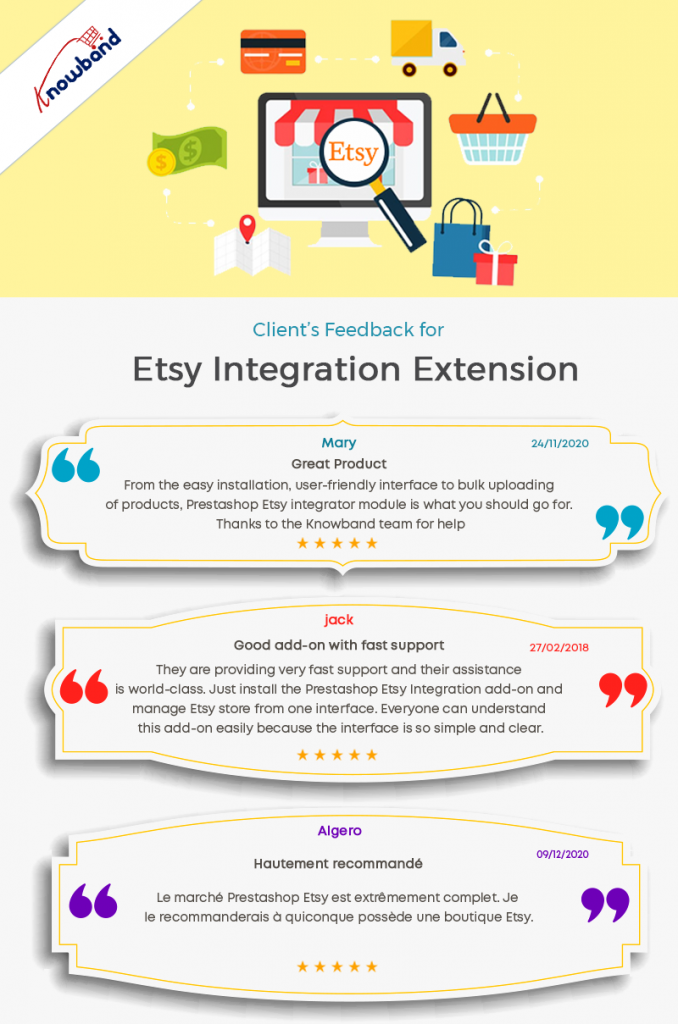
Manage all channels from one location
You won’t have to constantly switch between platforms to manage activities thanks to this connectivity. You can manage all aspects of the activities from one place (or dashboard).
Cover more selling channels
Products are easier to see on various eCommerce platforms. The platform is open-ended, so your company could be connected to a variety of markets.
Surpass the Opposition
Additionally, this technology makes it simple to outperform the competition in markets. To guarantee that you always receive the Buy Box, the price may be adjusted based on a variety of variables.
Boost your SEO

By using an eCommerce marketplace, you can increase the ranking of your products in search results. This enables customers to personalize their descriptions in several languages in accordance with their intended destinations.
Continually expand your client base
Considering that this technology enables you to advertise your items across numerous platforms, a new audience may be quickly reached. Consequently, it’s a great way to establish a global brand with little effort.
Conclusion
As eCommerce expands, customers are less likely to conduct their transactions on a single platform. You may reach your clients wherever they may be with an automated solution, such as an eCommerce Integration. Being an online retailer at this time might be challenging. For small, medium, and large businesses, integration with the major marketplaces is the best option.
When it comes to selecting an easy-to-use and reasonably priced eCommerce integration for your company, Knowband offers the smartest solution. With Knowband, you can manage your multichannel selling efforts more effectively and simply than ever before while listing and selling products on some of the biggest online marketplaces in the world, including Etsy, and eBay.
Send us a message at support@Knowband.com if you’d like to learn more about Knowband; we’re always happy to assist.

